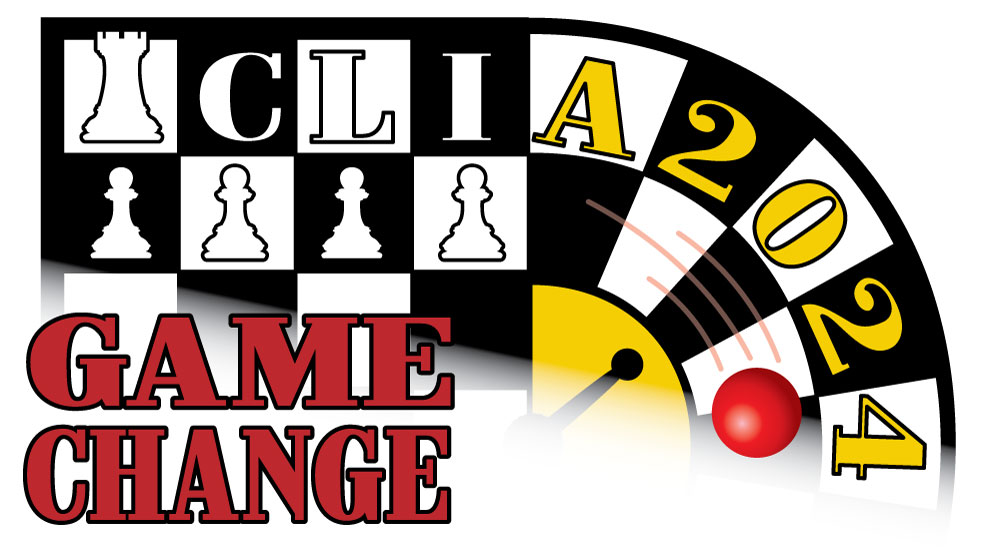404
Sorry: Page Not Found
Our apologies, but the content you requested could not be found. We've recently upgraded the software running the server. And all of the training on westgard.org was migrated over here to westgard.com
All of the articles are still here, just relocated to a slightly different URL. It's a server/software thing.
You might want to use the navigational buttons above to find what you're looking for.
The next best way to find the page you're looking for is to consult our Site-Map to see a full listing of what pages, sections, categories, etc., are on Westgard Web.
We apologize for this inconvenience. We are working to redirect all the old links to the new places.
Sincerely,
Westgard QC, Inc.
The next Westgard Webinar is open for registration:

